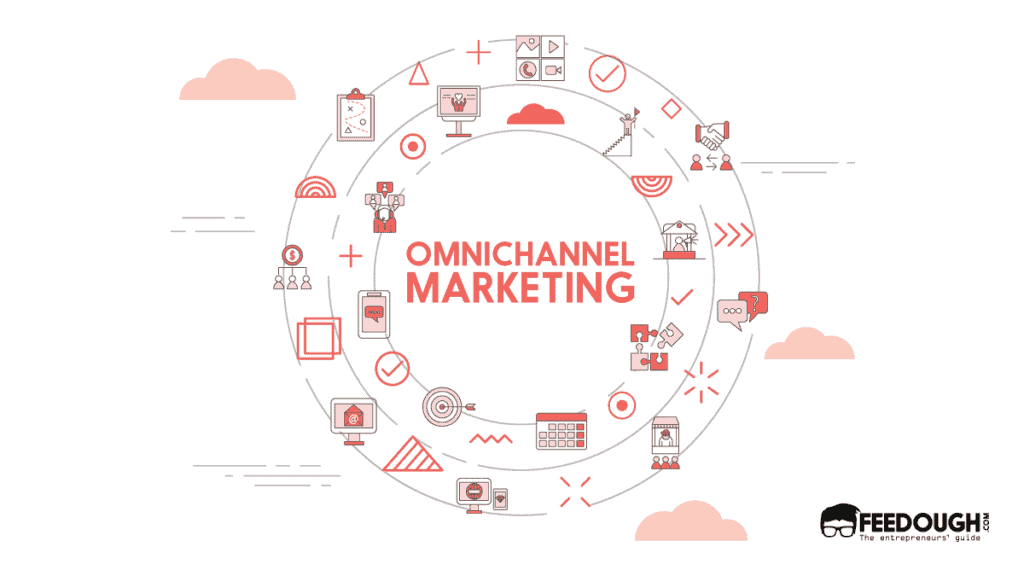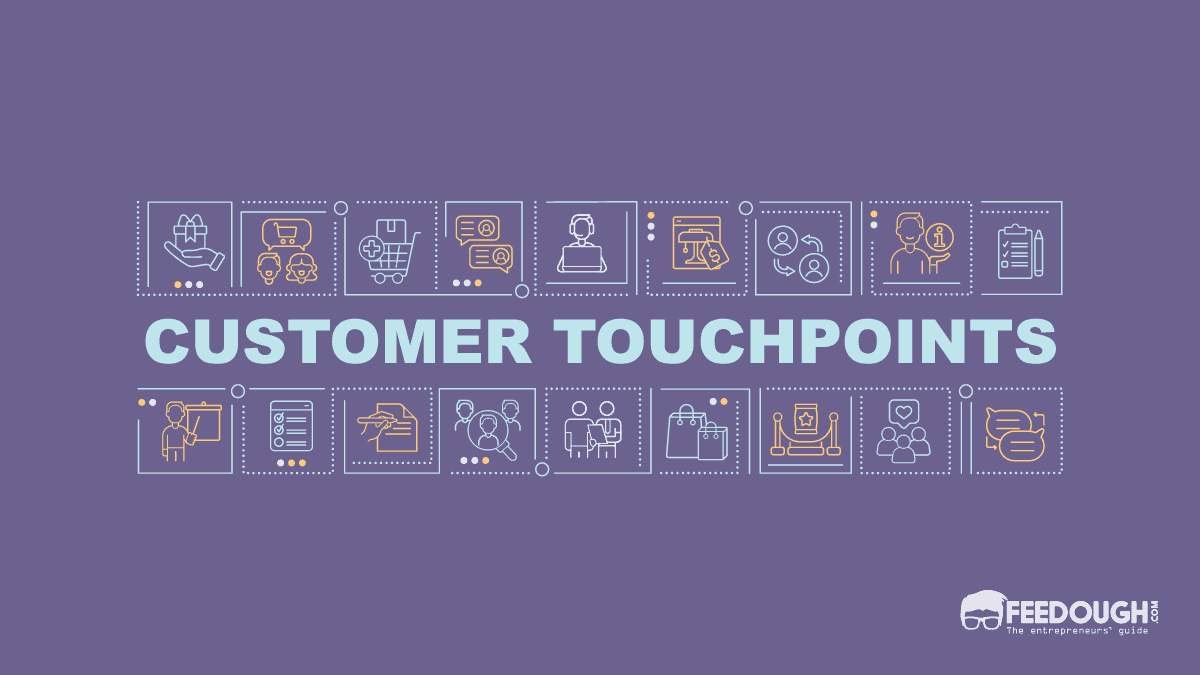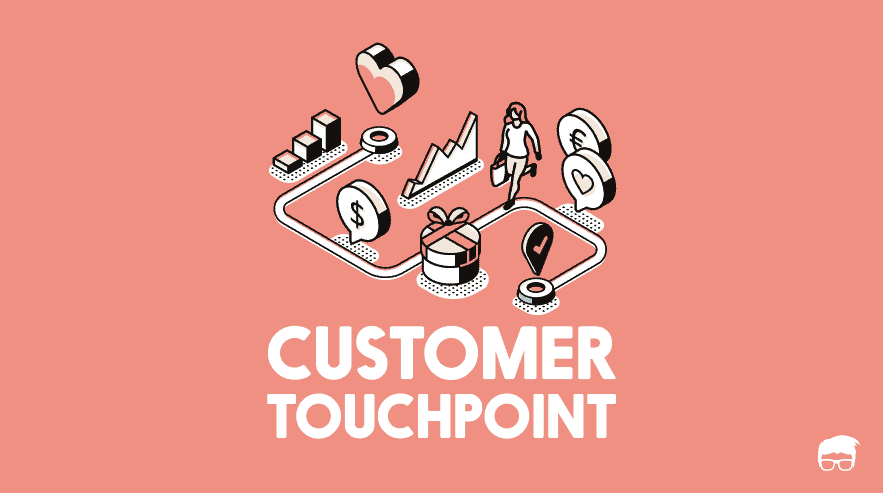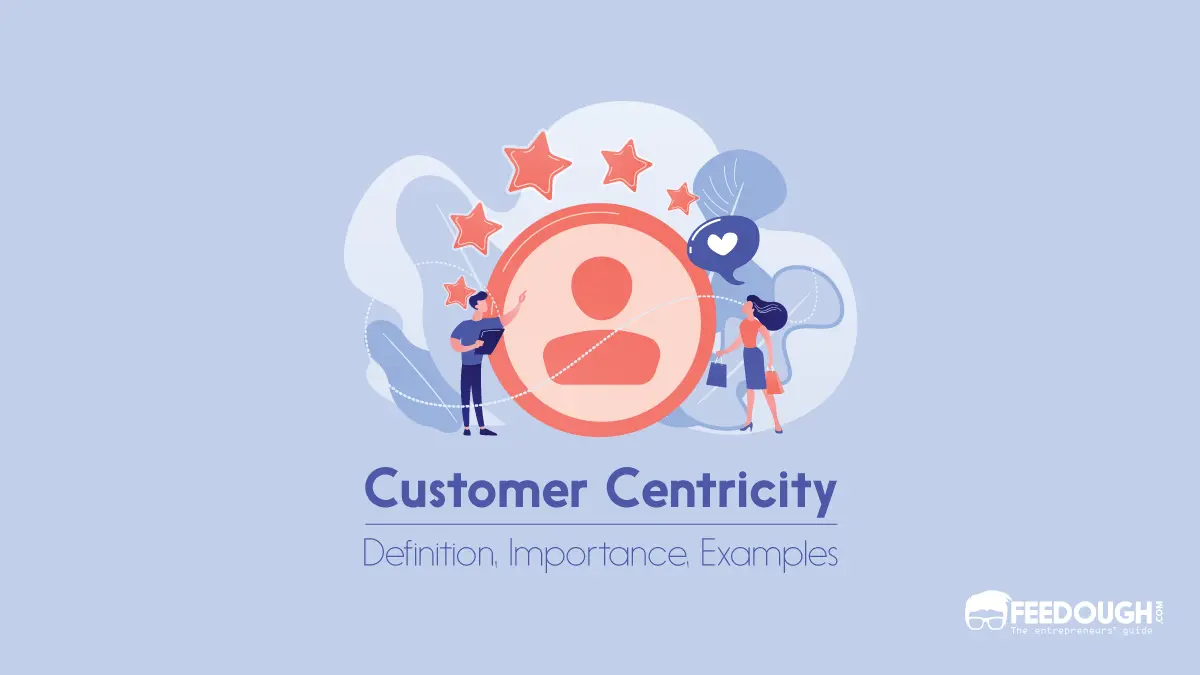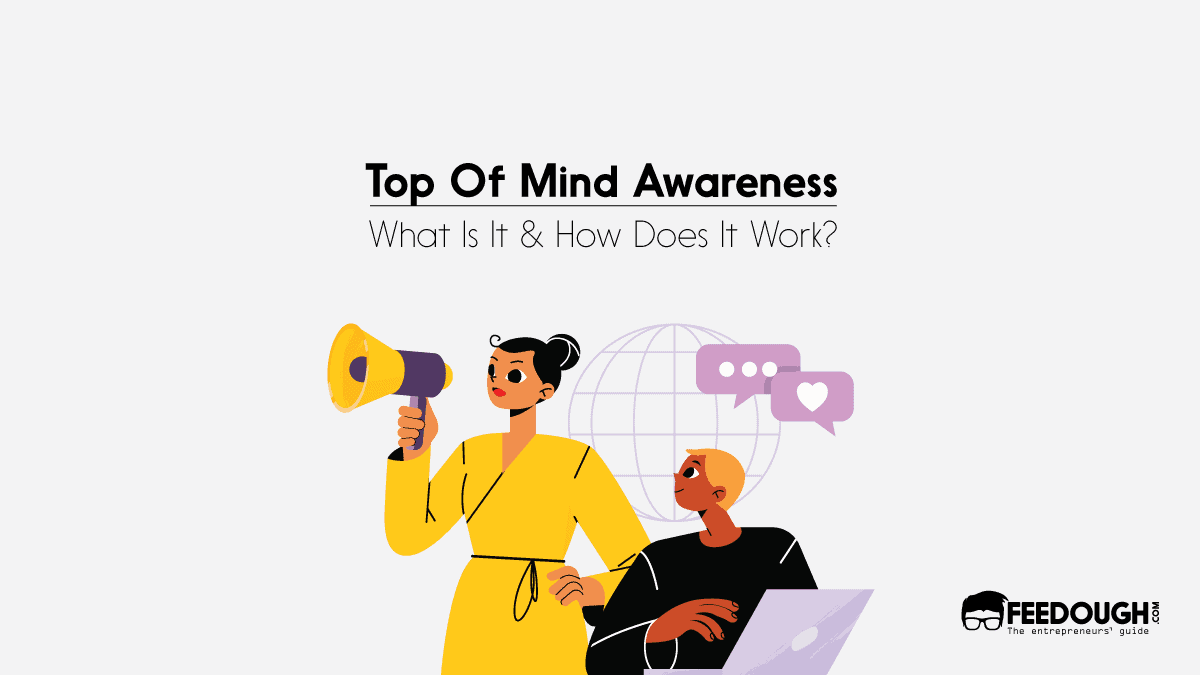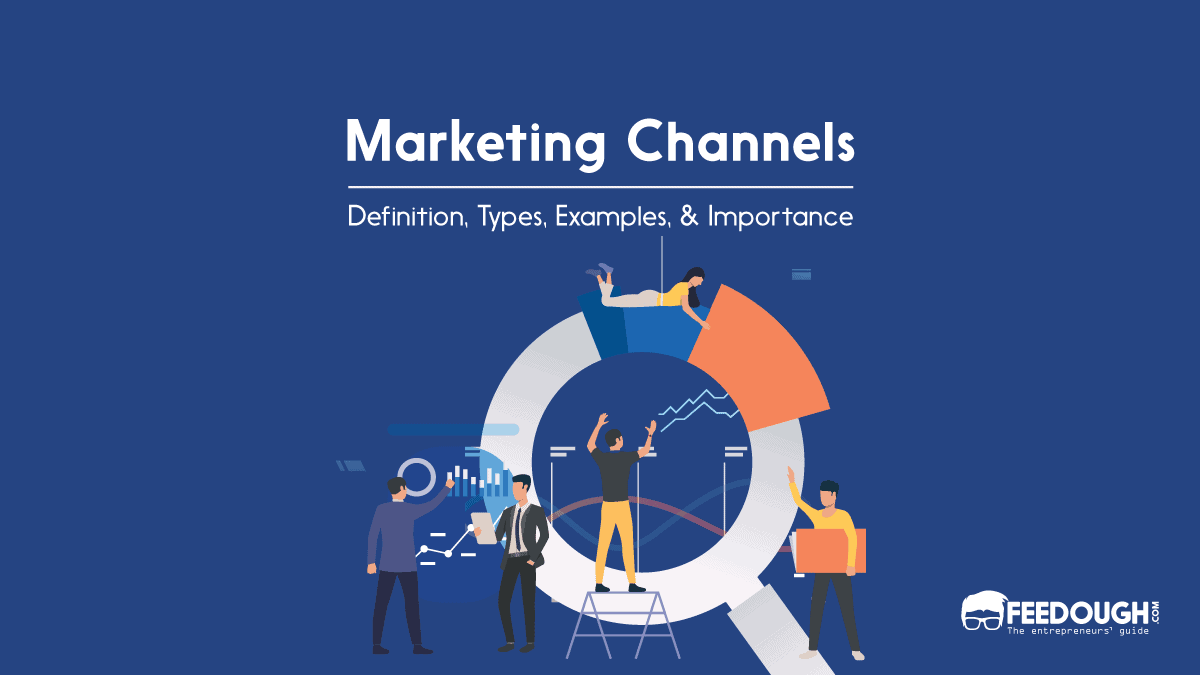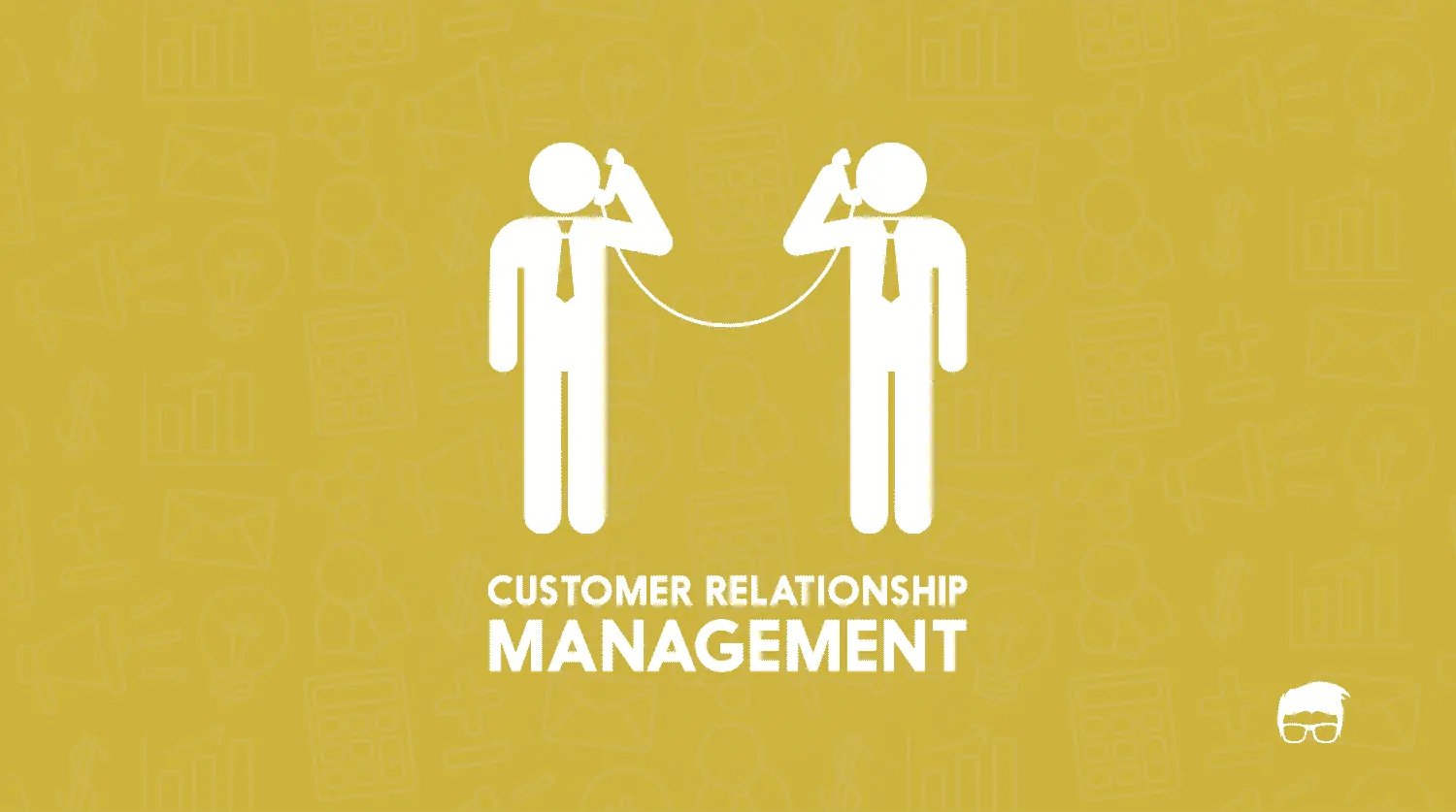With the advent of technology, it’s not just how customers shop that has changed, but also how companies market themselves.
Today, a customer lives an integrated life – there’s a very thin line between their online and offline worlds. This integrated lifestyle has opened up hundreds of thousands of touchpoints for companies to interact with them.
For a company to be successful, they need to provide a seamless customer-driven omnichannel experience. It is when the customer witnesses a cohesive journey irrespective of the route they take or the channel they use. One might take the search engine – landing page – product – checkout route, while another might go from an Instagram ad to a Facebook Messenger chatbot to the product page. An omnichannel experience is when both these journeys have the same customer experience along the way.
This is where omnichannel marketing comes in.
What Is Omnichannel Marketing?
Omnichannel marketing is a marketing strategy aiming to improve customer experience by seamlessly integrating branding, messaging, and all possible touchpoints as customers move through their buying journey.
In simple terms, omnichannel marketing integrates all possible touchpoints in such a way that even when the customer is given the driver’s seat, they always go down in the funnel seamlessly, experiencing the brand in a consistent manner.
An example customer journey might look like this:
- A customer seeking information about how to solve a problem they’re having might start their journey from a search engine where they land on the company’s blog.
- The blog content is so helpful that they then subscribe to the company’s newsletter.
- A few days later, they see one of the company’s ads on social media and click through to the website, where they explore different product pages.
- Finally, they receive a targeted email with a special offer for first-time buyers, prompting them to purchase.
A similar journey for the same product could be:
- A customer sees an ad for the service on TV, which leads them to search for the company online.
- They then visit the company’s website and read reviews about the service on different review platforms.
- After that, they visit the company’s brick-and-mortar store to talk to a representative and get more information.
- Finally, they make a purchase.
Irrespective of the journey a customer takes, it’s crucial for businesses to have all the channels work as gears of one machine to create a consistent and cohesive experience for customers.
Omnichannel Marketing vs Multichannel Marketing
While considered similar, there is a big difference between omnichannel marketing and multichannel marketing.
Multichannel marketing revolves only around being present on multiple channels.
On the other hand, Omnichannel marketing is about providing a seamless customer experience across all channels customers engage with.
It’s not just about being present, but creating a consistent brand experience no matter how or where customers interact with your business.
For example, a sustainable fashion brand that primarily sells its products online may have a presence on social media, a blog, and an ecommerce website. However, just presence on these channels is multichannel marketing unless they are integrated and each platform supports the others.
Omnichannel marketing for the sustainable fashion brand would create a holistic customer experience consistent on each platform and channel.This might include not just using the same colour schemes, fonts, and messaging across all channels; but also a cohesive strategy that weaves together each customer touchpoint. For example, a customer should be able to click on a link from the brand’s social media profile and be taken to the website where they can purchase the item, or vice versa.
Importance Of Omnichannel Marketing
In this era of high competition, omnichannel marketing is what sets businesses apart and wins customers.
It is what makes the brand get into the customer’s shoes and develop a journey map to figure out how it can serve the customer better.
Omnichannel marketing is also important because:
- It helps the brand build a better relationship with the customer: By being present at every stage of the customer’s journey, the brand is able to build a better relationship with the customer.
- It can increase customer loyalty: Omnichannel marketing can increase customer loyalty as it provides a seamless experience to the customers.
- It can help the brand save cost: By integrating all the channels, omnichannel marketing helps increase the ROI and also save costs.
- It helps the brand reach new customers: As omnichannel marketing uses a mix of both push (like ads) and pull (like SEO) marketing strategies, it helps the brand reach new customers.
- It increases the LTV (lifetime value) of the customer: Omnichannel marketing provides a better experience to customers, which increases the likelihood of them becoming repeat customers.
Characteristics Of Omnichannel Marketing
Omnichannel marketing is characterised by the following:
- Integrated Channels: This type of marketing uses a mix of integrated channels that work together to provide a seamless experience to the customer. Data is collected from all channels and used to create a 360-degree view of the customer.
- Customer-centric: The omnichannel approach is centred around the customer and their journey. It aims to provide a personalised and consistent experience to the customer, no matter what marketing channel they are using.
- Data-driven: Omnichannel marketing uses data to understand customer behaviour and preferences. This helps businesses decide which channels to use and what type of content to create.
- Tracking and measurement: The omnichannel approach involves closely tracking every customer interaction to be used as triggers for other marketing activity, tailored promotions and targeted content.
- Holistic: Omnichannel marketing is a holistic approach that takes into account all of the channels a customer might use. It also considers how they interact with each other and how this interaction affects the customer’s overall journey.
Omnichannel Marketing Benefits
Omnichannel marketing comes with a number of benefits, chief among them being the following:
- Increases value in poorly coordinated channels: Omnichannel marketing can take poorly coordinated marketing channels and turn them into a well-oiled machine.
- Creates a consistent customer experience: It can be challenging to create a consistent customer experience when using multiple channels. Omnichannel marketing ensures that each touchpoint delivers the same message and gives the customer a seamless experience.
- Creates a smoother customer journey: By consolidating multiple channels, omnichannel marketing makes the path to purchase smoother and more efficient for customers.
- Improves customer loyalty and retention: Because omnichannel marketing provides a better overall experience, it’s likely to lead to improved customer loyalty and retention.
- Operate each channel holistically: This marketing strategy requires that businesses operate each channel as part of a larger whole, rather than as siloed entities. It helps to create a more consistent brand experience for customers and allows businesses to get the most out of each channel.
- Make data-driven decisions: Omnichannel marketing also relies heavily on data, so businesses need to be able to collect and analyse customer data from all channels in order to make informed decisions.
- Increased ROI: Businesses witness an increased ROI from their marketing efforts when they adopt an omnichannel strategy.
Omnichannel Marketing Challenges
Even though there are many omnichannel marketing benefits, businesses still face some challenges when implementing this type of strategy.
- Inability to predict customer behaviour: Because omnichannel marketing allows customers to move freely between channels, it can be difficult for businesses to predict their behaviour. This challenge can be overcome by using data and analytics to track customer behaviour across all channels and touchpoints.
- Lack of integration: For omnichannel marketing to be successful, all channels must be integrated. This can be a challenge for businesses, especially if they have a complex ecosystem of channels.
- Improper data utilisation: In order to personalise the omnichannel customer experience, businesses need to collect and utilise data effectively. This can be a challenge for businesses that are not used to collecting and utilising data.
- Isolated results analyses: It can be difficult to measure the success of omnichannel marketing campaigns if results are analysed in isolation. Businesses need to take a holistic view of their omnichannel marketing campaigns in order to measure success effectively.
- Ineffective omnichannel strategy: An omnichannel marketing strategy needs to be carefully planned and executed in order to be effective. Businesses need to consider all aspects of their ecosystem when planning an omnichannel strategy. A big mistake businesses make is trying to force an omnichannel approach onto a business that is not ready for it.
Omnichannel Marketing Examples
Omnichannel marketing is not new, but it has gained popularity in recent years as businesses have become more reliant on digital channels to reach their target audiences. A number of industries have been early adopters of omnichannel marketing tactics and have seen success as a result.
Some of the most common industries that use omnichannel marketing include:
- Retailers: like Walmart and Target ensure that their customers can shop online, in-store, or through mobile apps and still receive the same level of service. They also work on their social media presence to communicate their brand message to the audience more uniformly and cohesively.
- Banks and Financial Institutions: like Chase and Citibank, have started using omnichannel marketing to cater to their customers online, offline, through phone, application, SMS, and even WhatsApp and messenger. This allows them to provide a more convenient and cohesive user experience. Moreover, they even tend to market their products and services on the basis of customers’ lifestyles and preferences. A smart investor gets to learn about their services through internet search, while a more traditional one might get to know them through personal interactions or billboards.
- Transportation: Uber promotes its services through both digital and offline channels. They use an omnichannel approach to ensure they reach their potential customers wherever they are.
- Food and Beverage: McDonald’s isn’t just an offline family restaurant. It has a strong omnichannel presence with a website, app, social media presence, and influencer partnerships to cater to its customers’ needs.
Bottom-Line?
Today, customers interact with brands through multiple channels. And not just this, they are the ones driving these interactions. This is where omnichannel marketing comes into the picture. But omnichannel marketing is more than just being present on multiple channels. It is when a brand gives the steering wheel to its customers, yet the customer reaches the destination where the brand wants them to.
Note that omnichannel marketing is customer-centric and not channel-centric. This means it is a holistic strategy aiming to provide a seamless and consistent customer experience, regardless of the channel used.
Brands that use omnichannel marketing are slowly gaining an edge over their competitors. The reasons are obvious – there is a rise in customer expectations. They want brands to be available on every platform at any time of the day for both promotion and service.
Go On, Tell Us What You Think!
Did we miss something? Come on! Tell us what you think about our article in the comments section.
A startup consultant, digital marketer, traveller, and philomath. Aashish has worked with over 20 startups and successfully helped them ideate, raise money, and succeed. When not working, he can be found hiking, camping, and stargazing.
